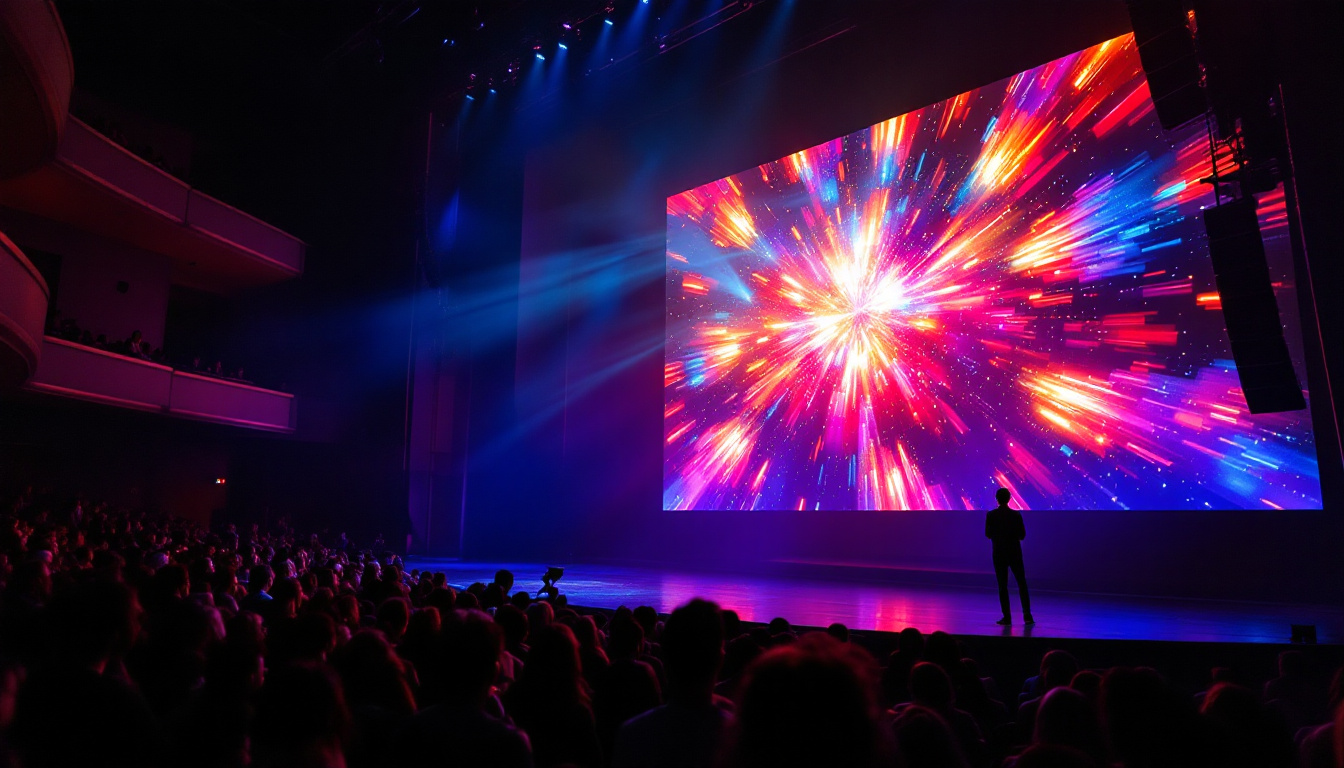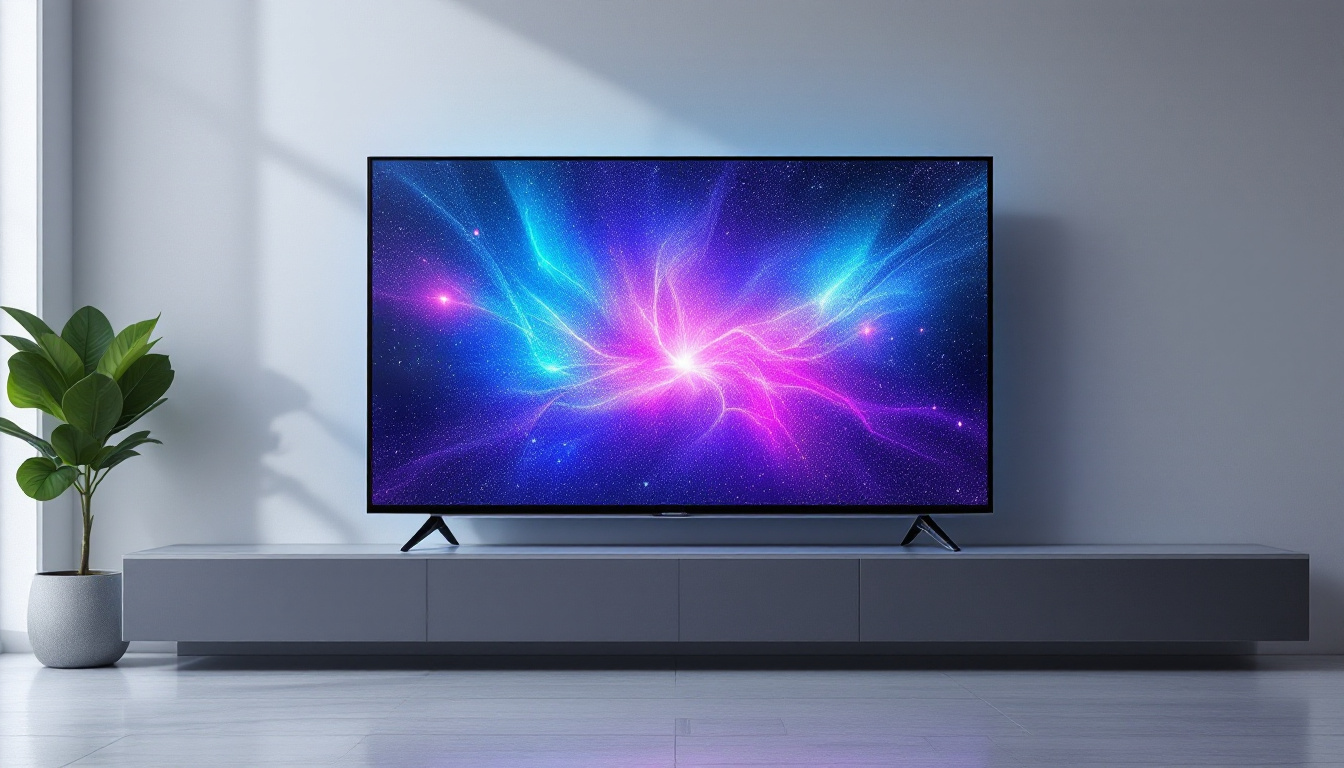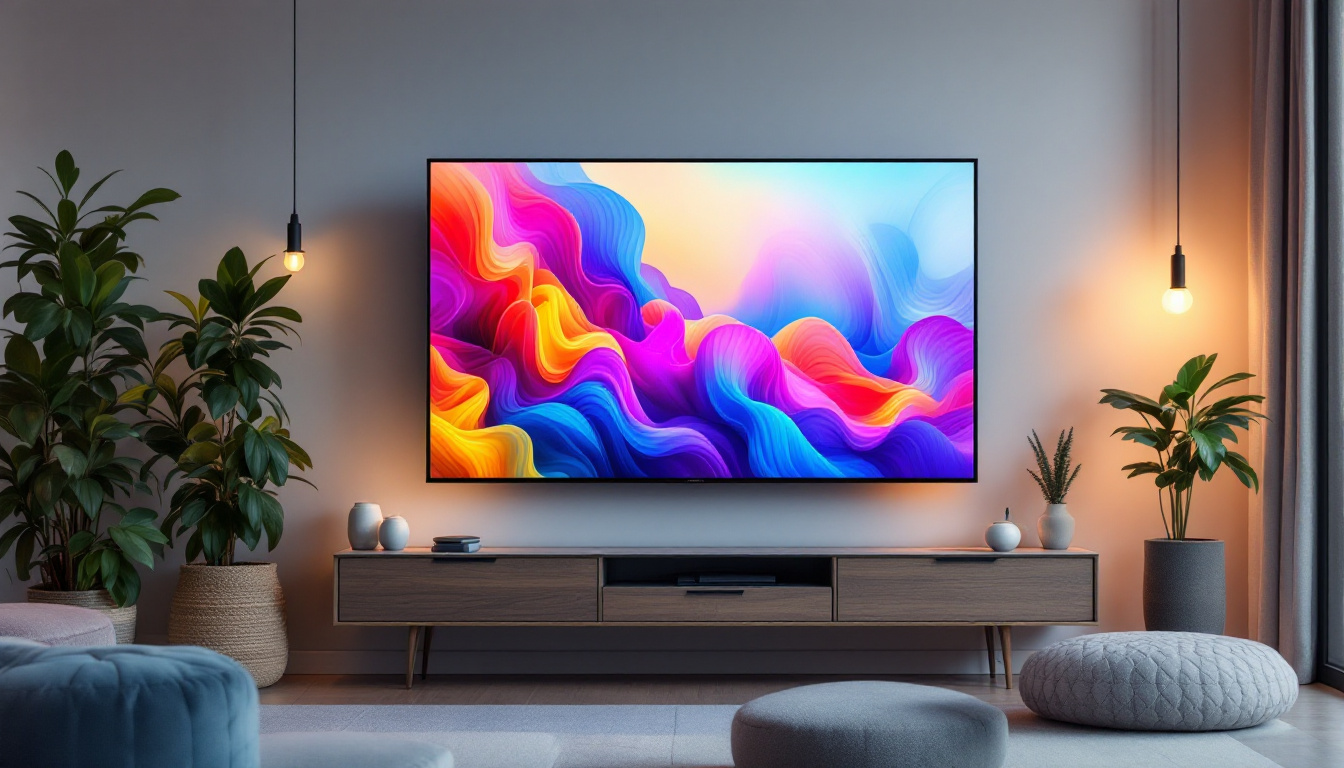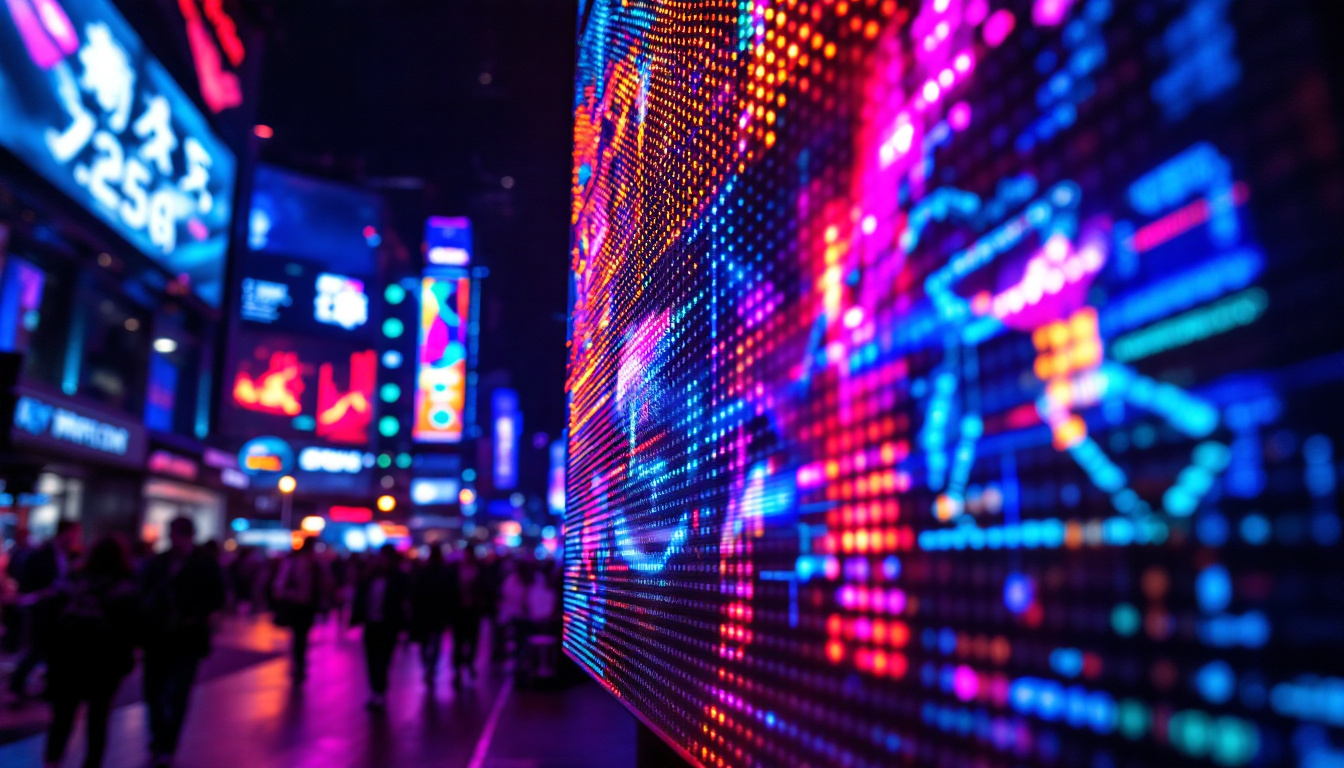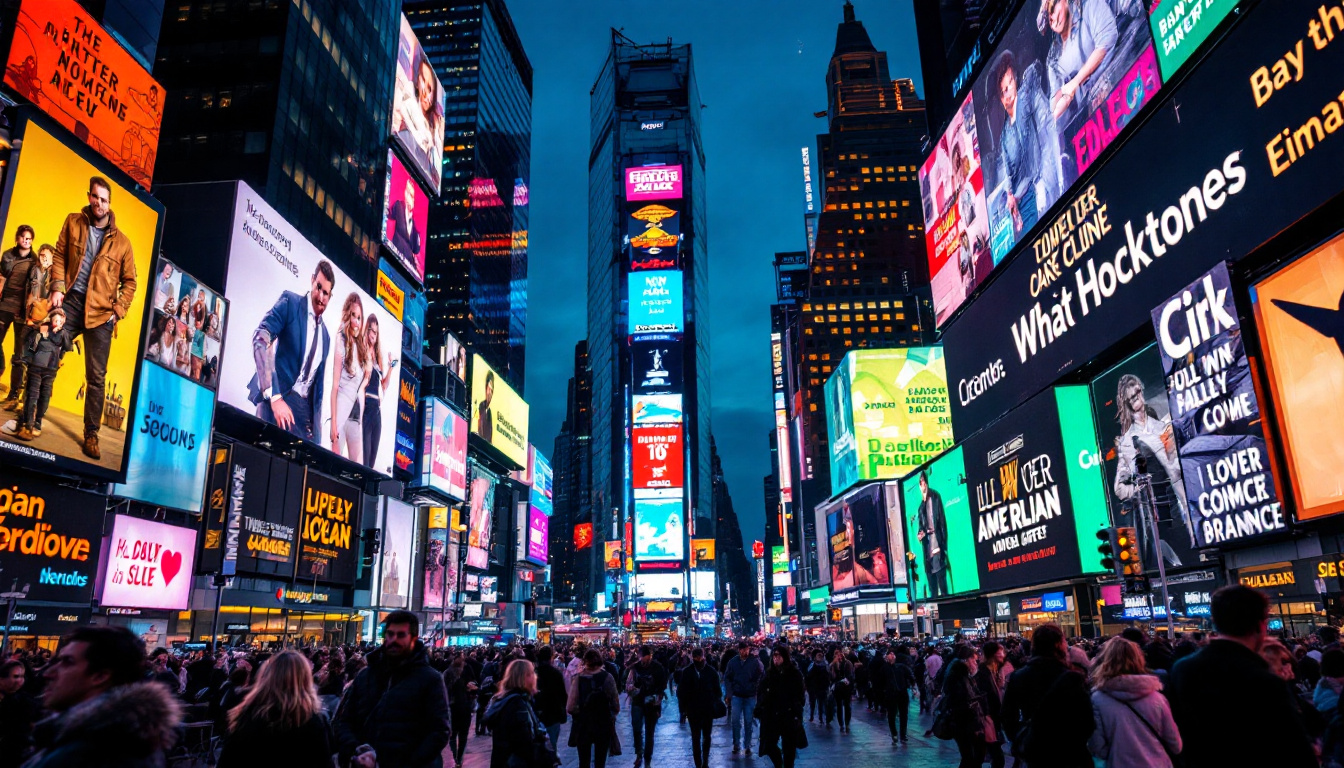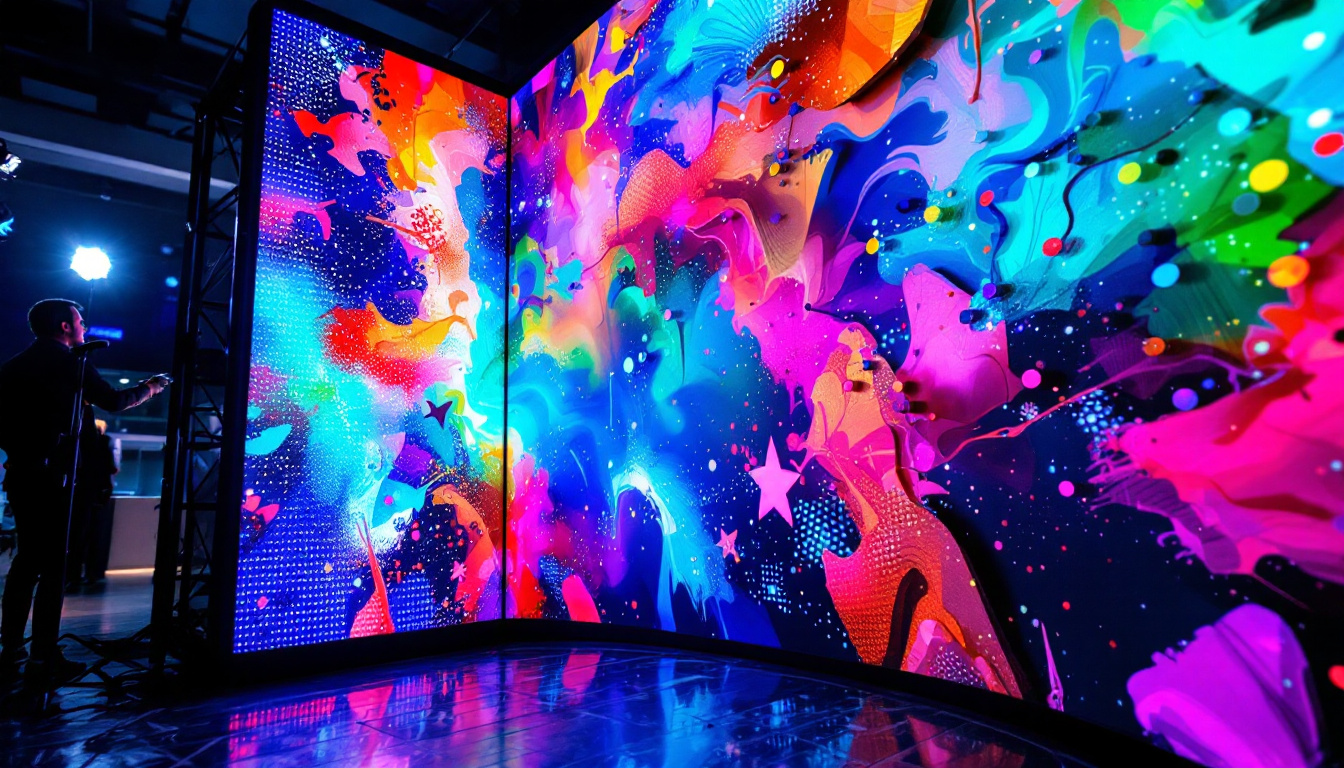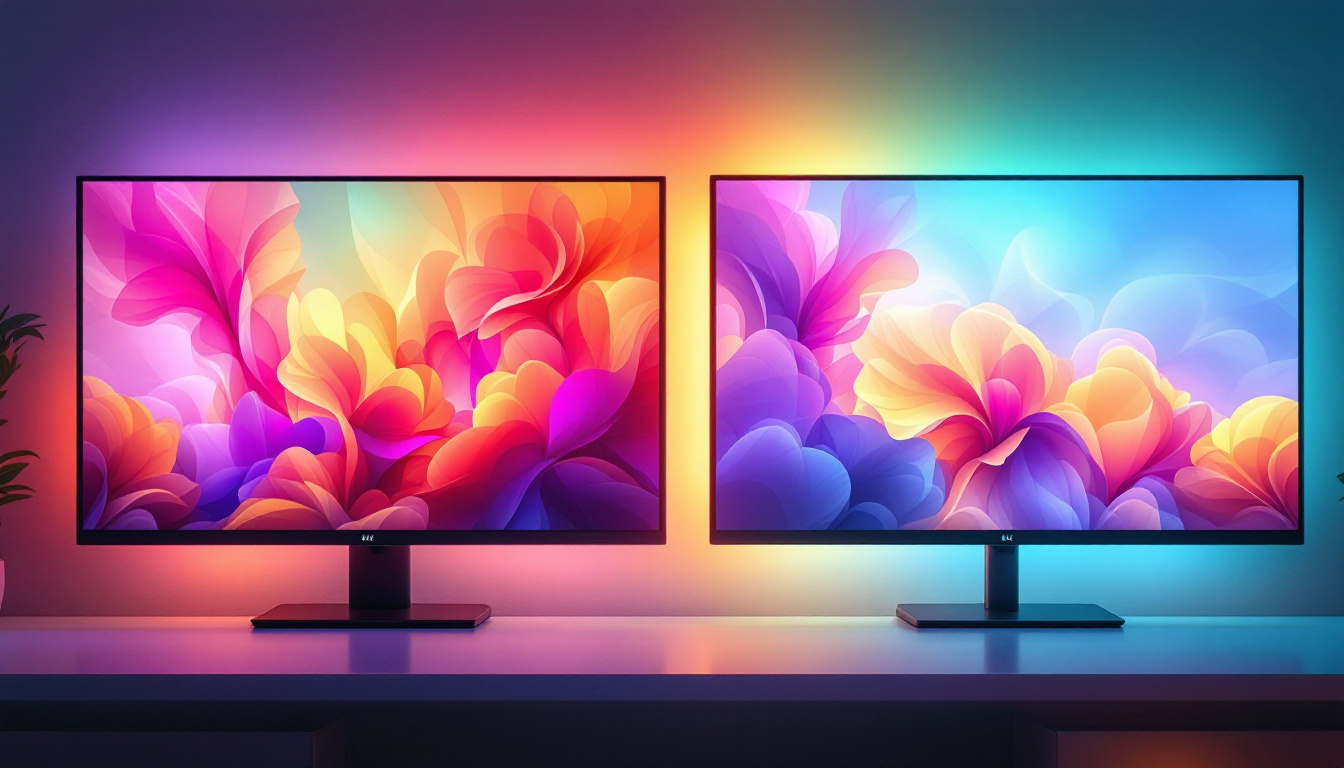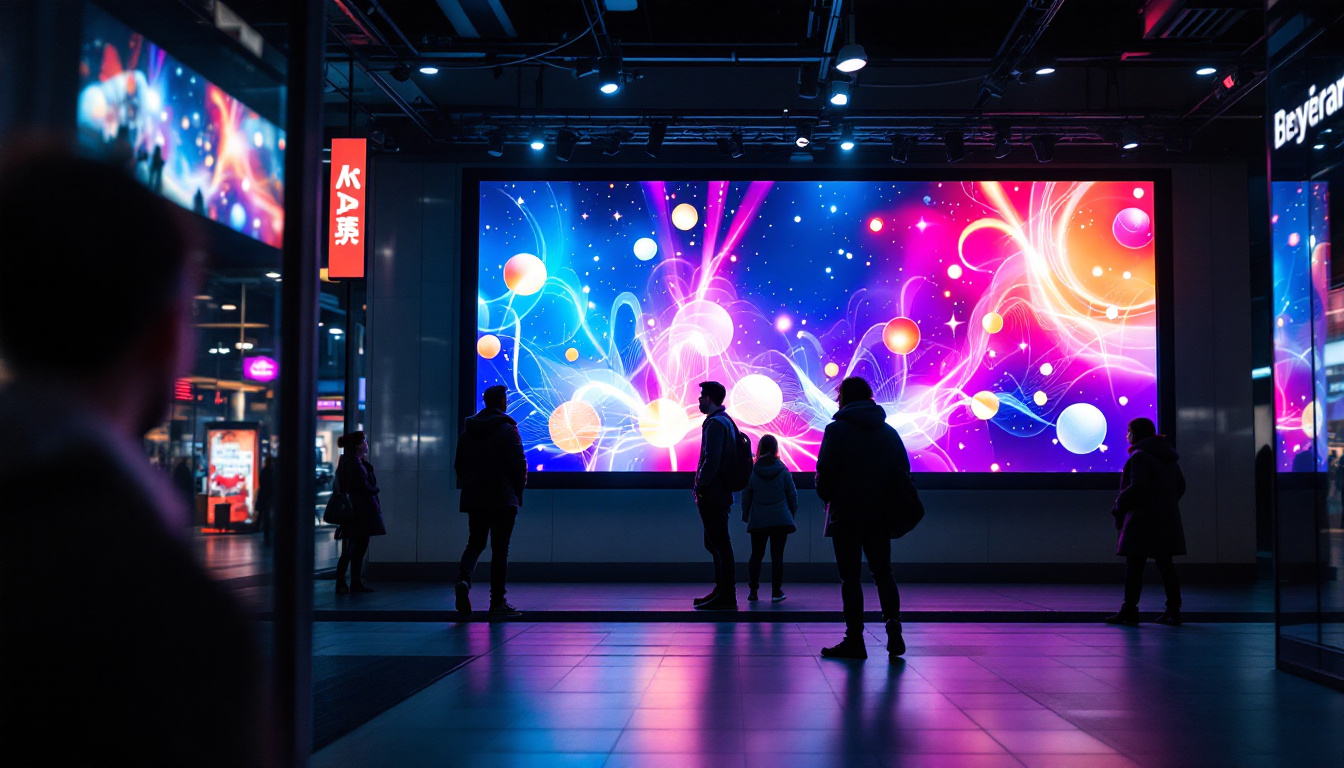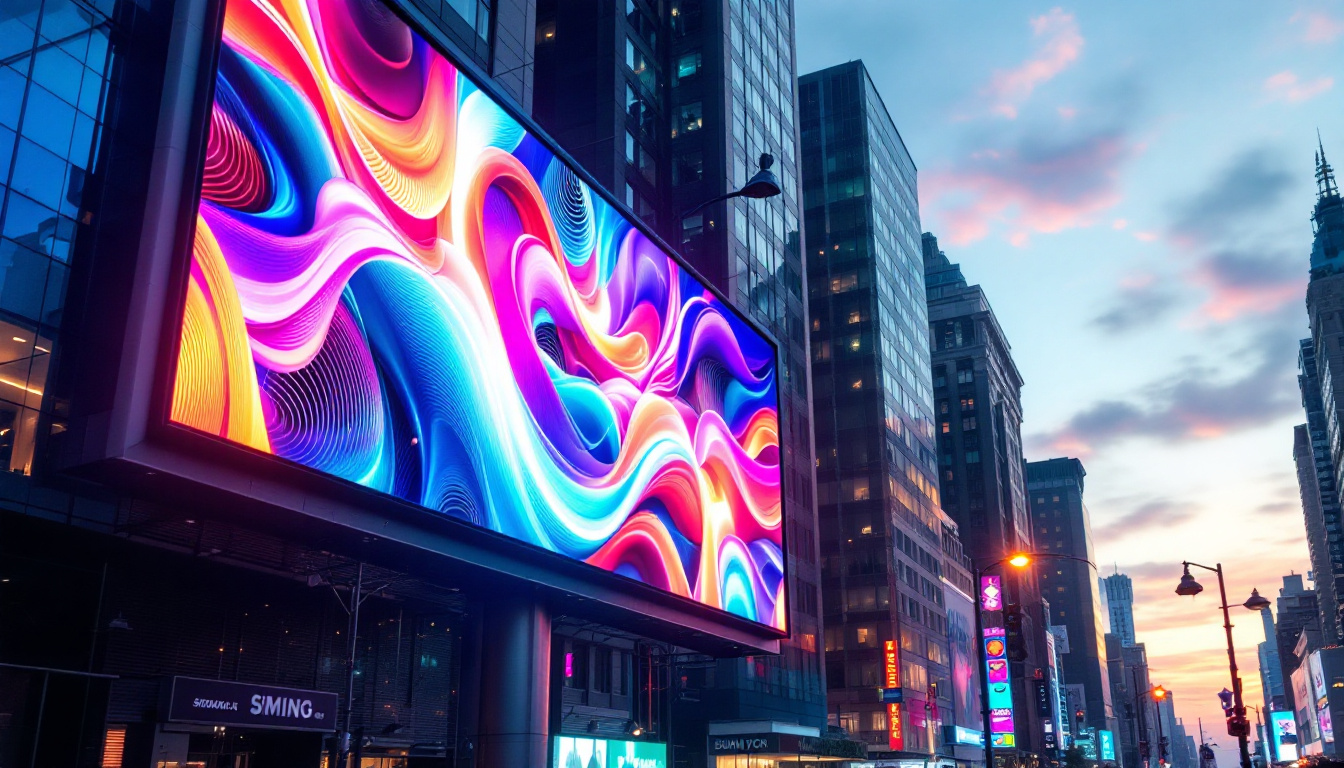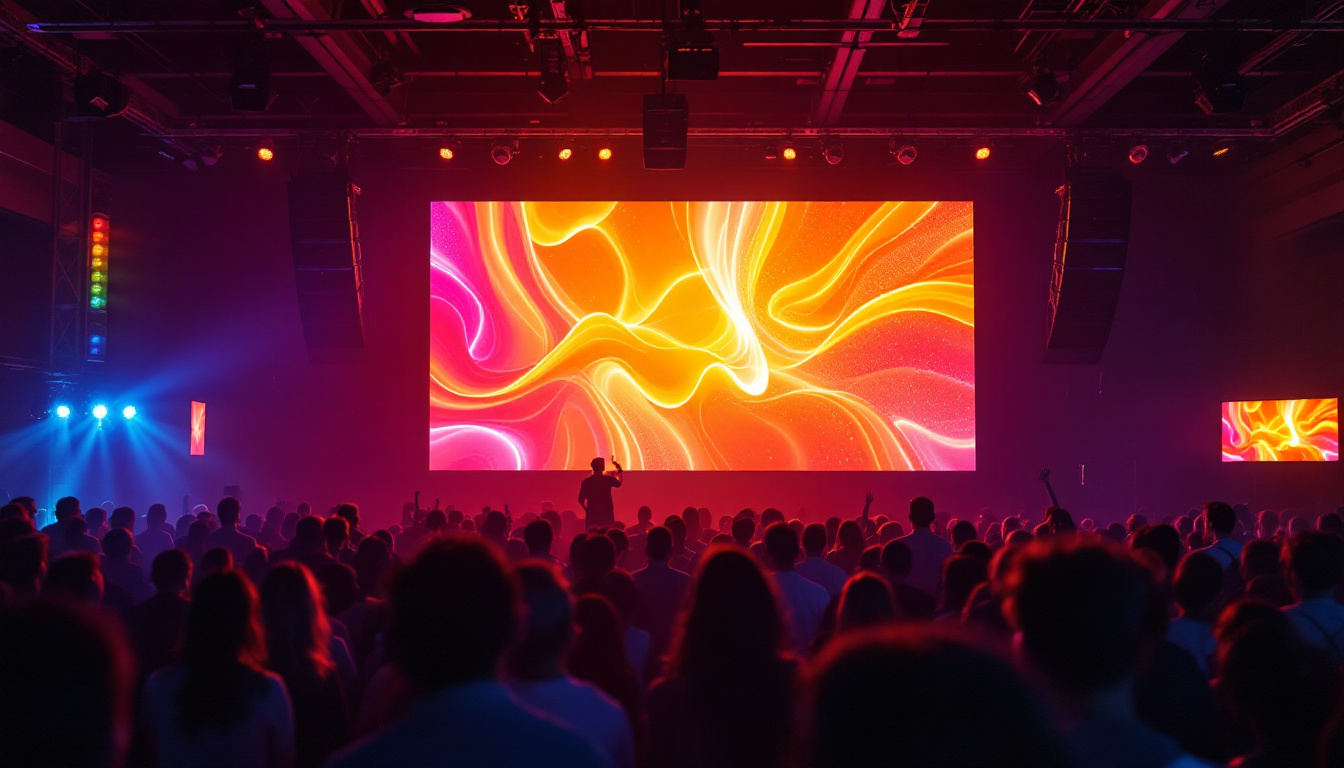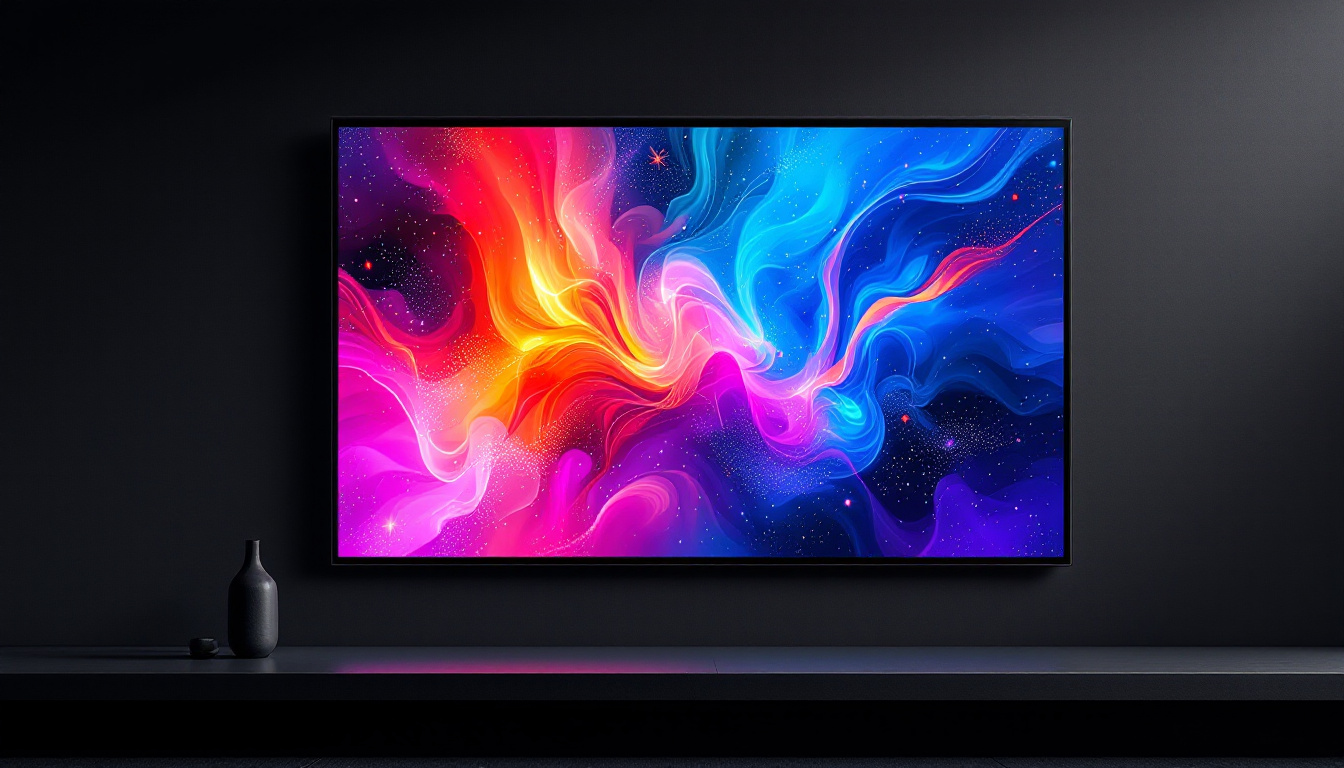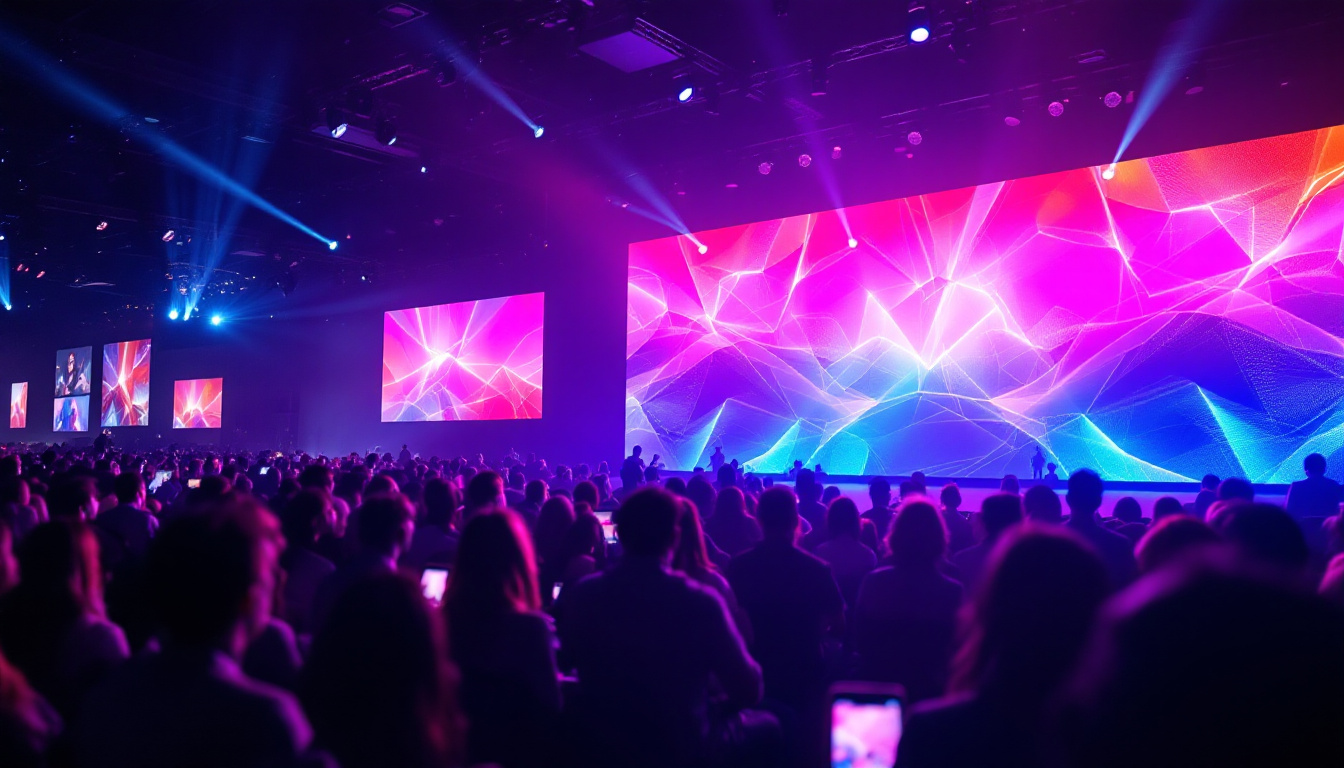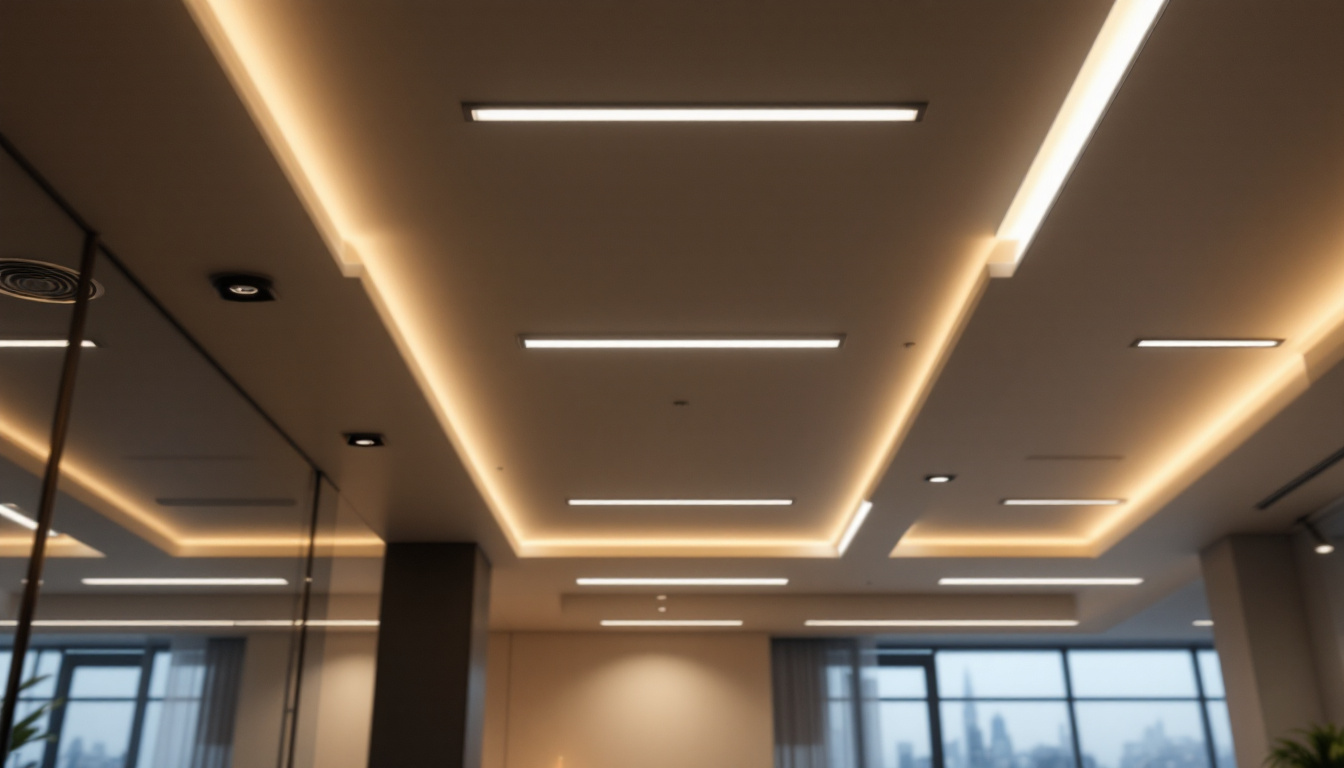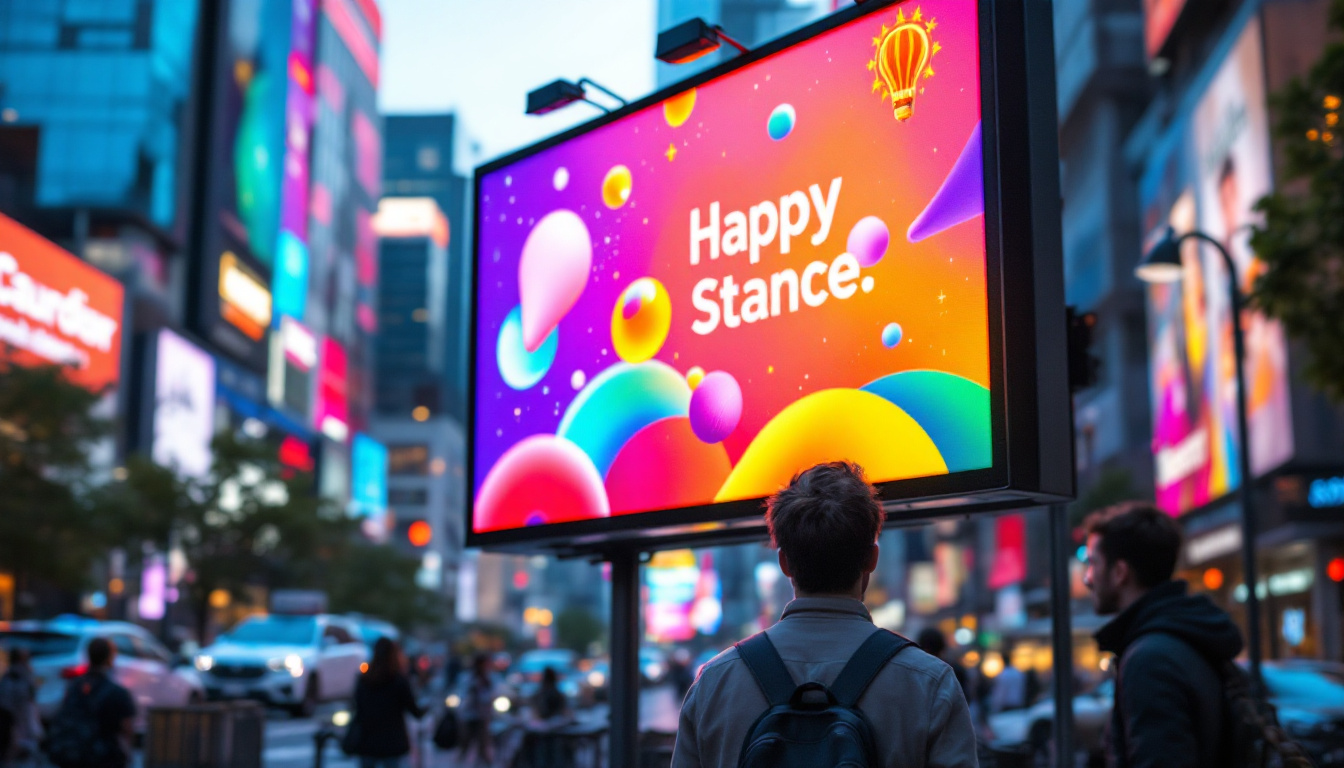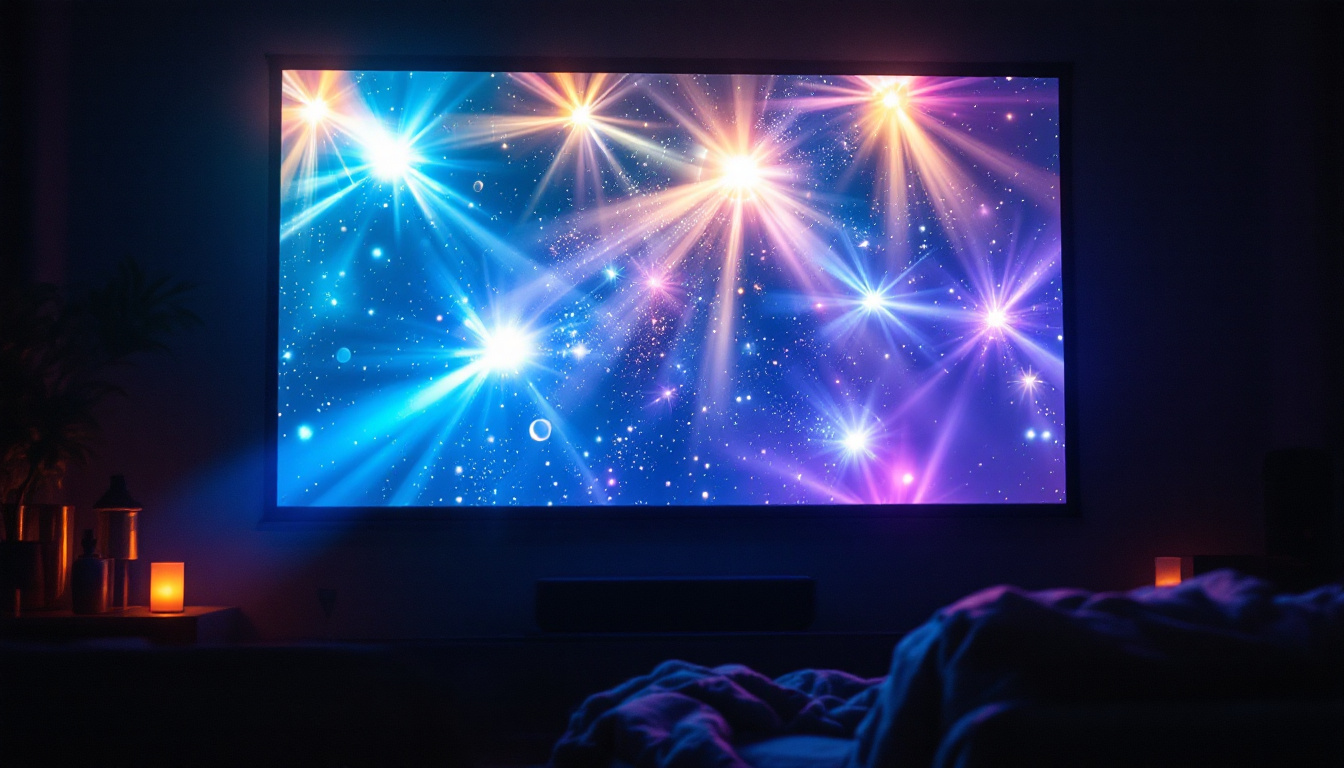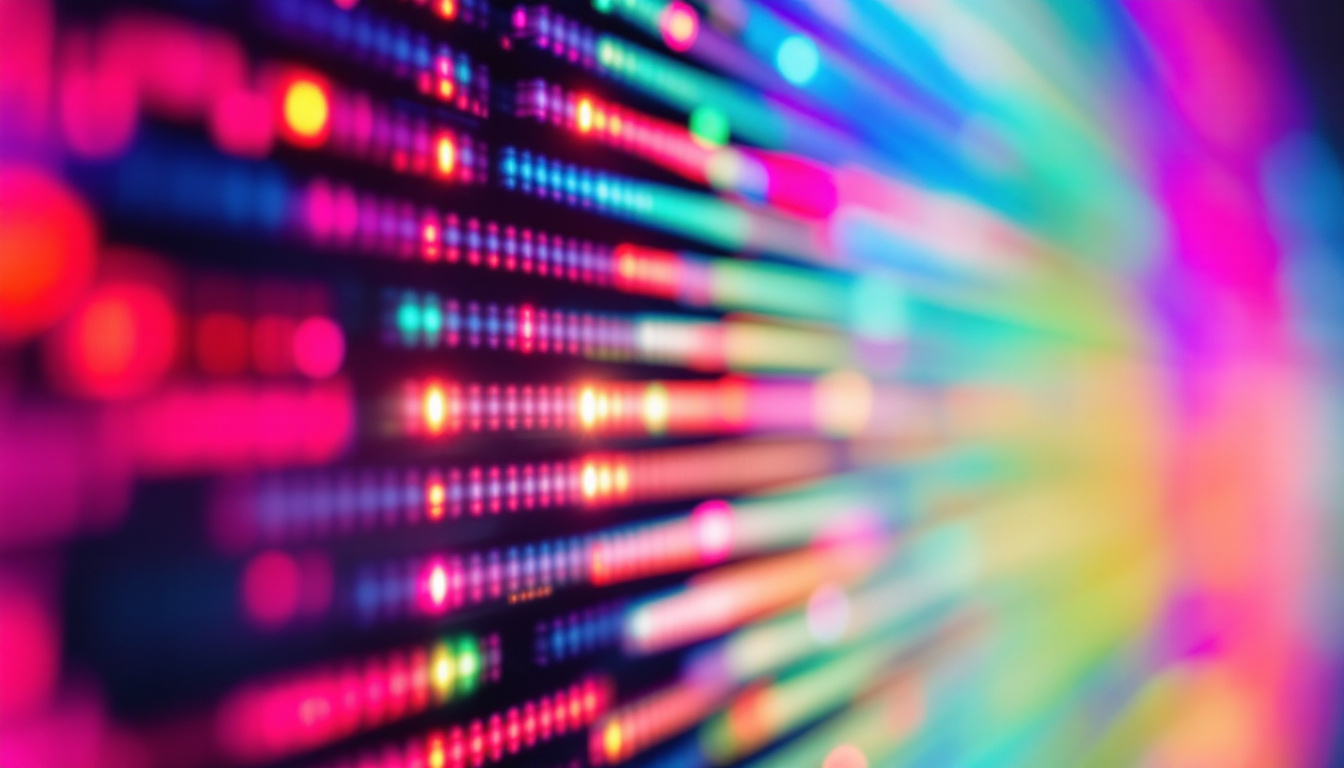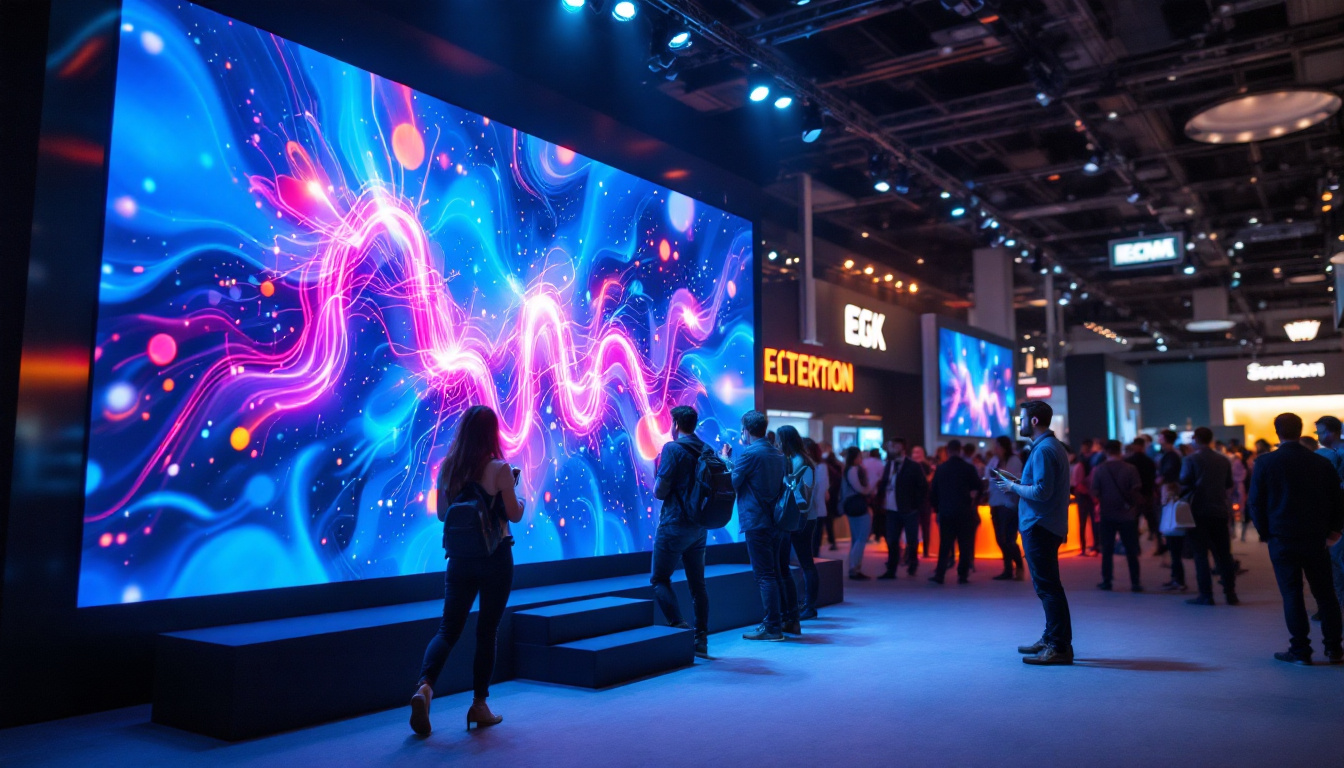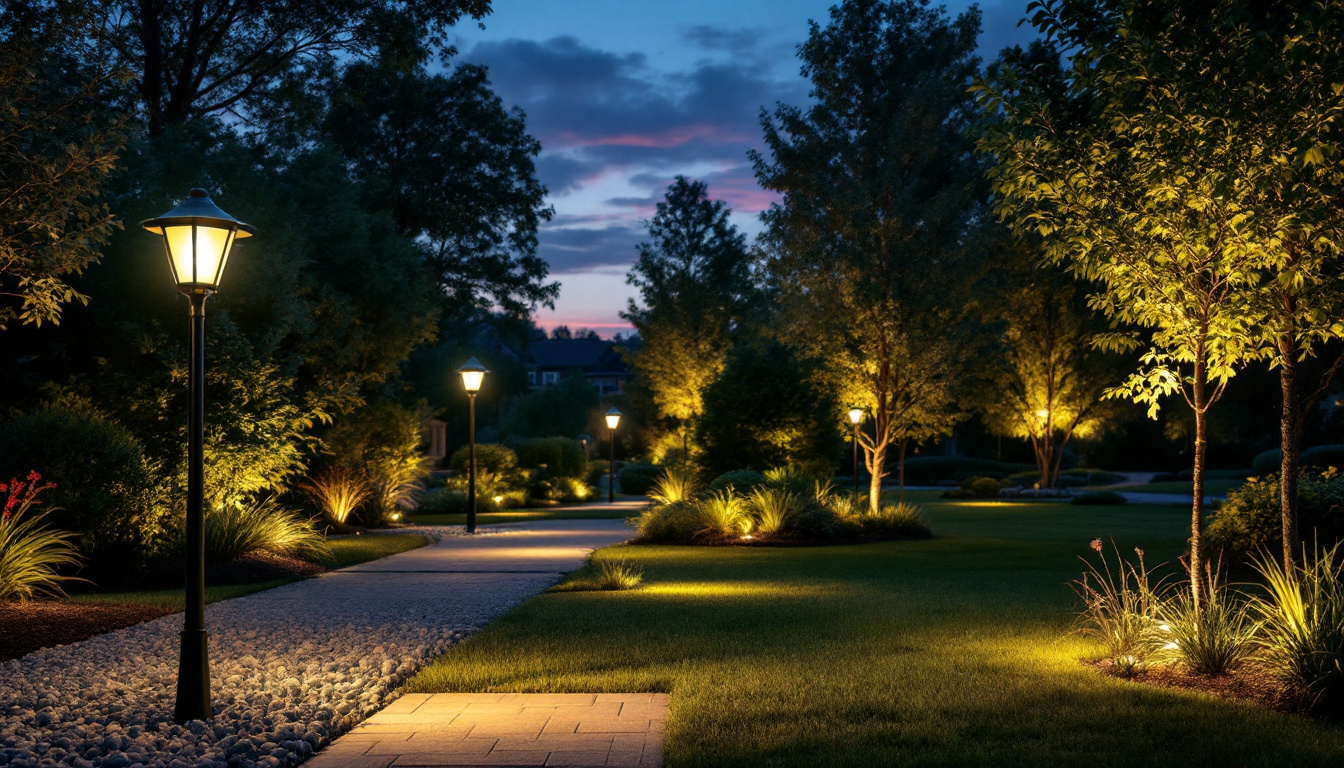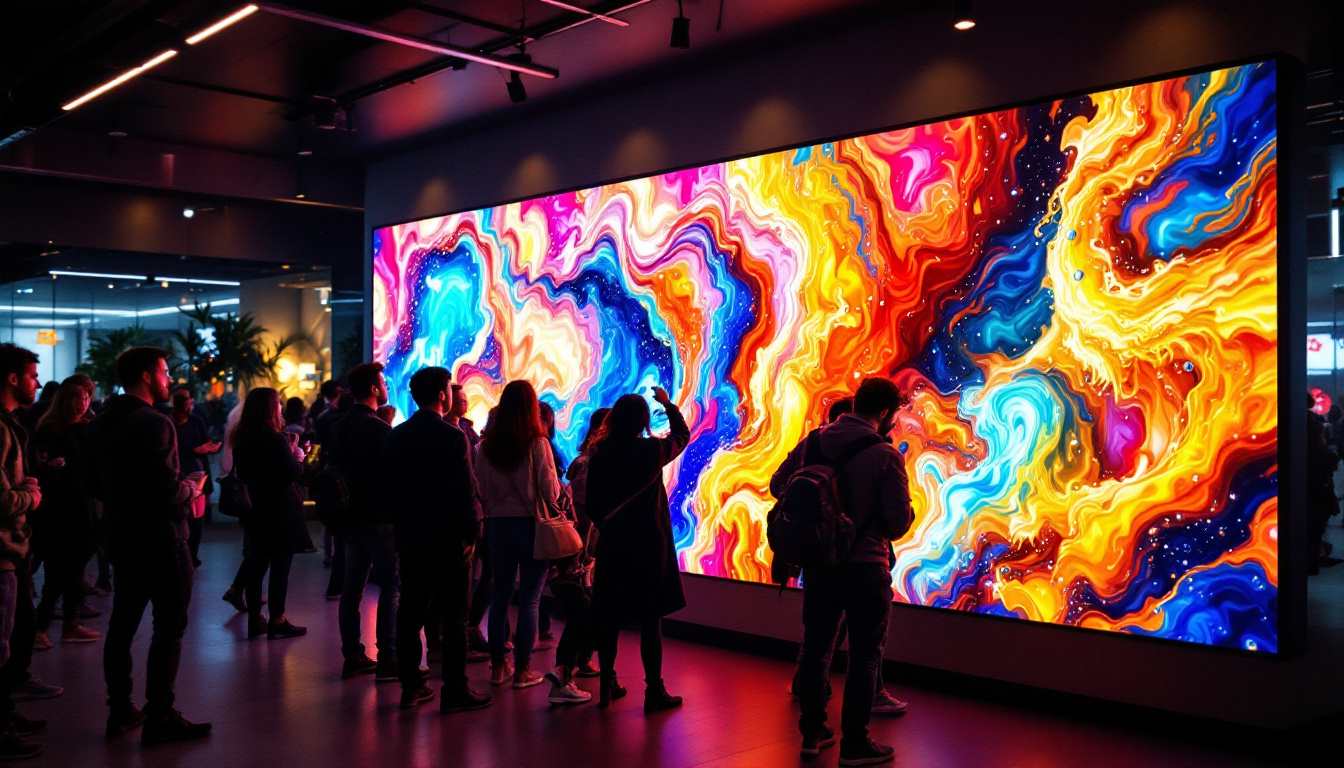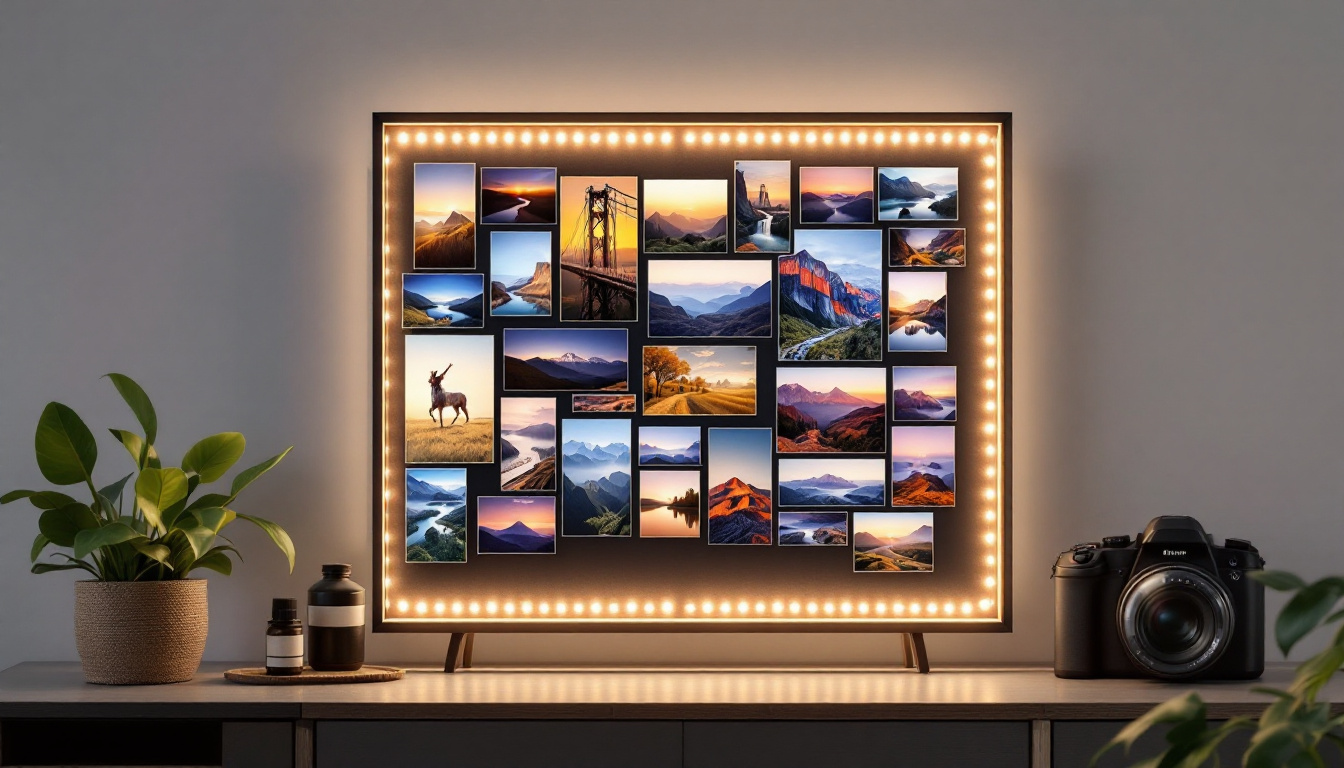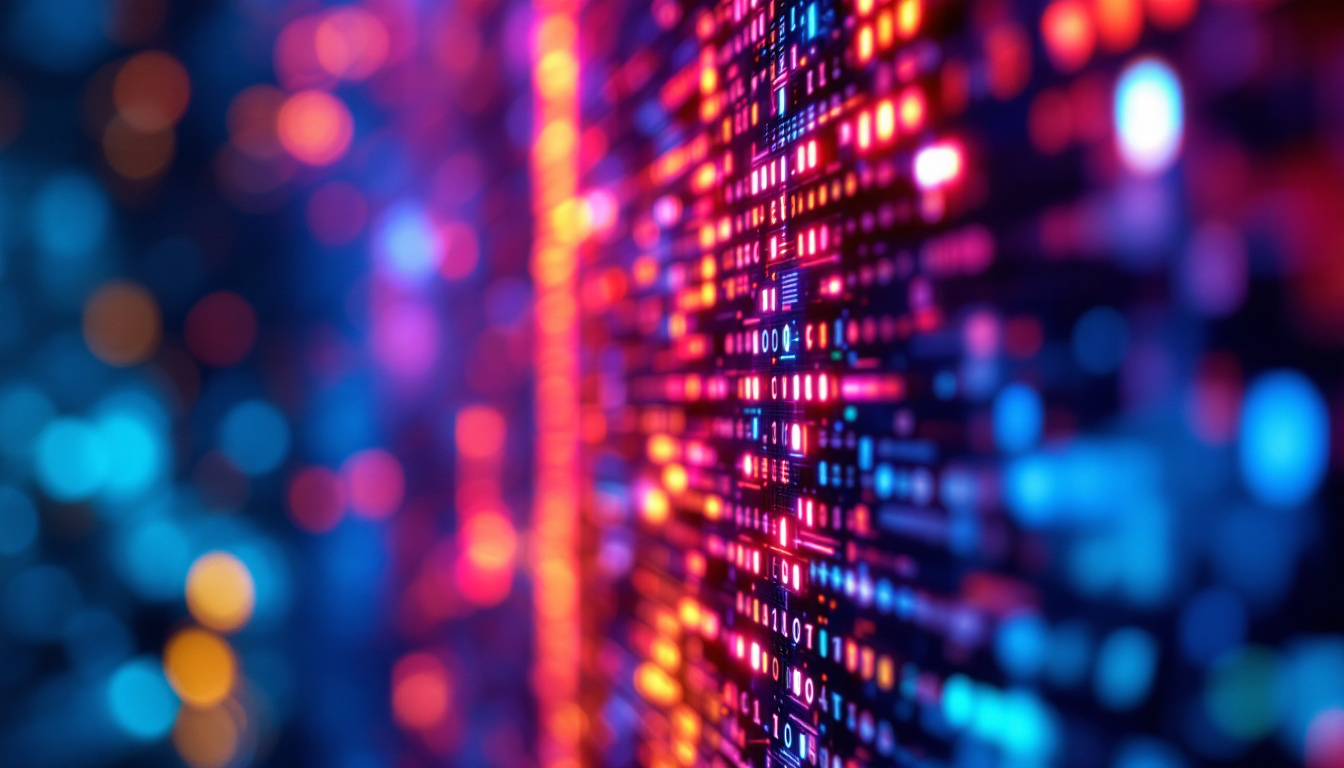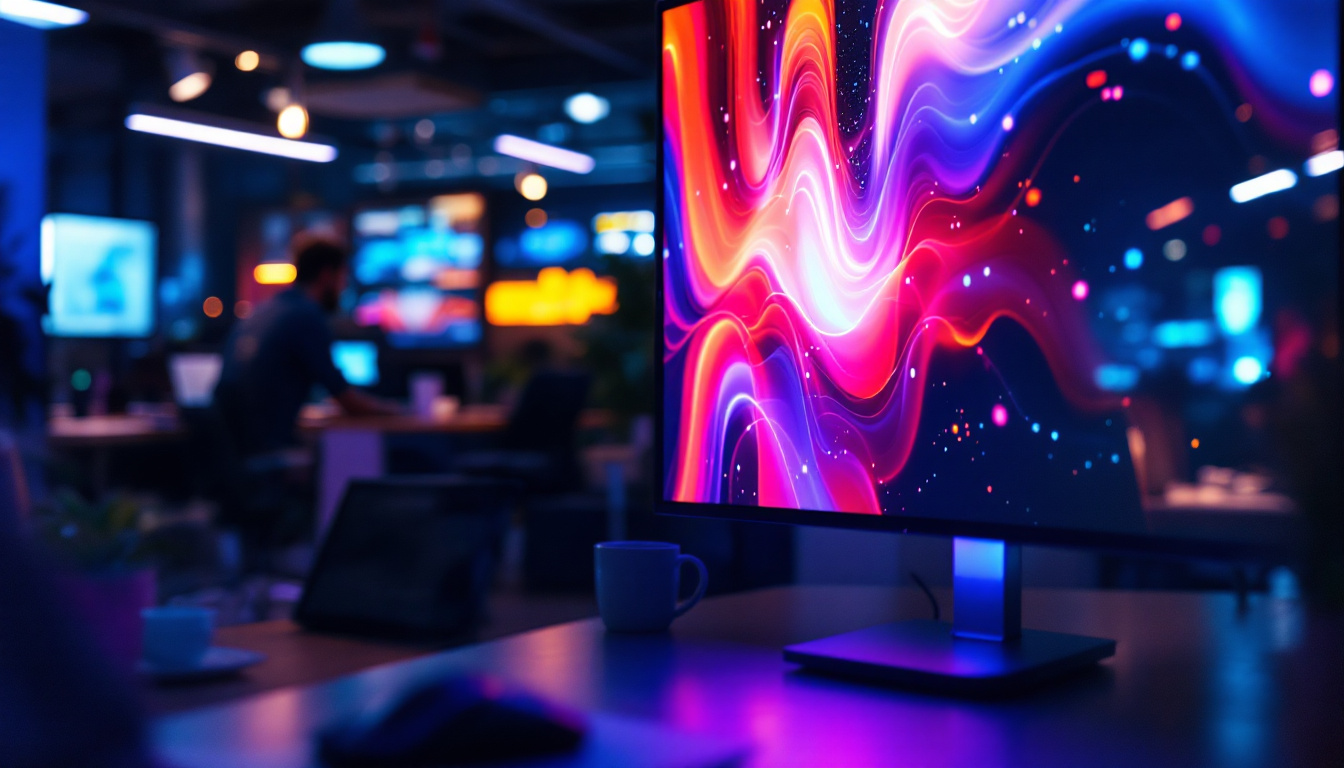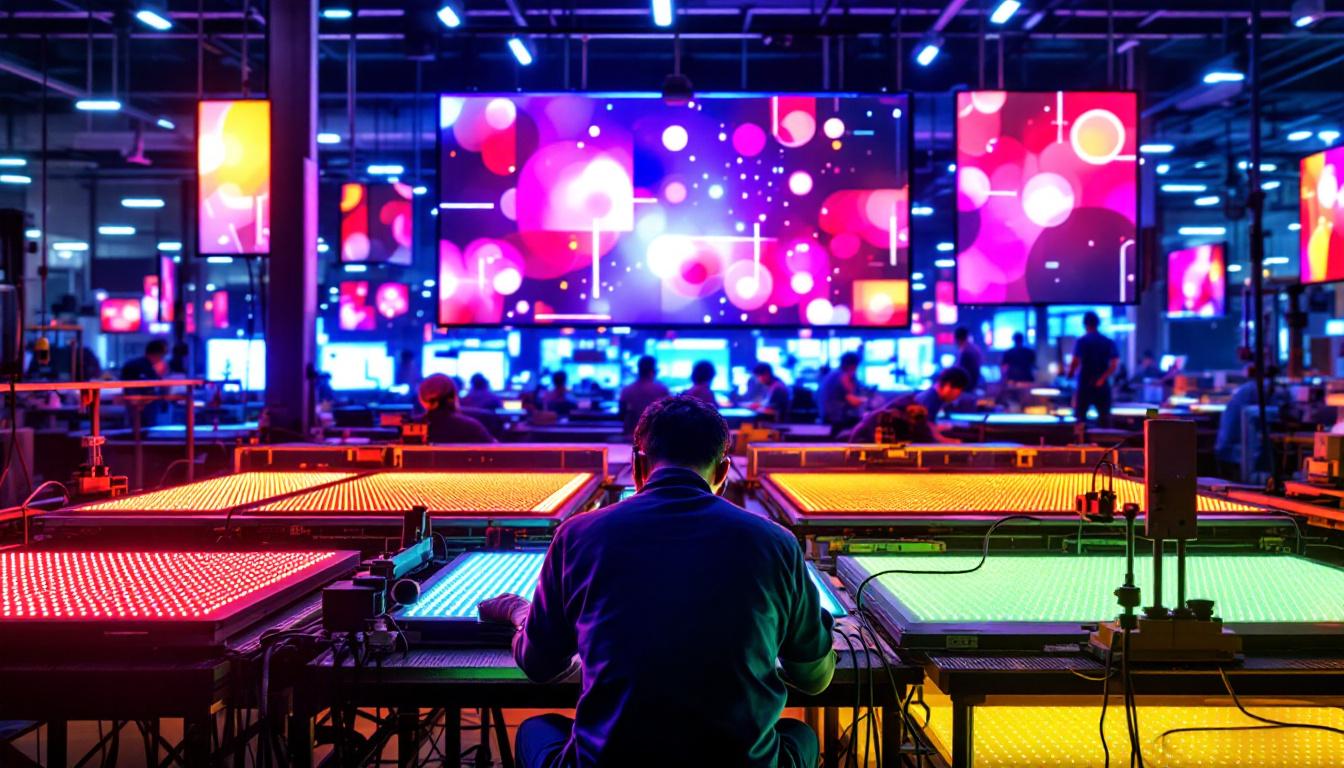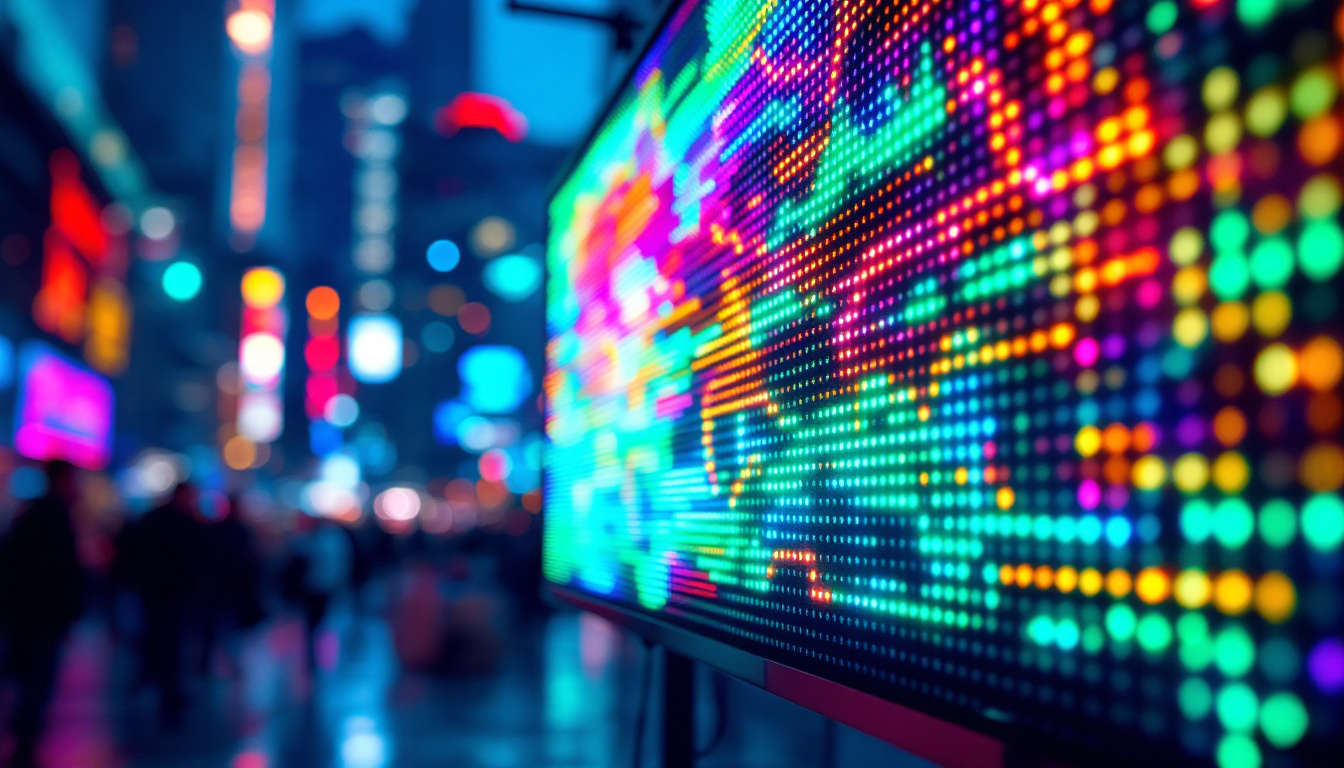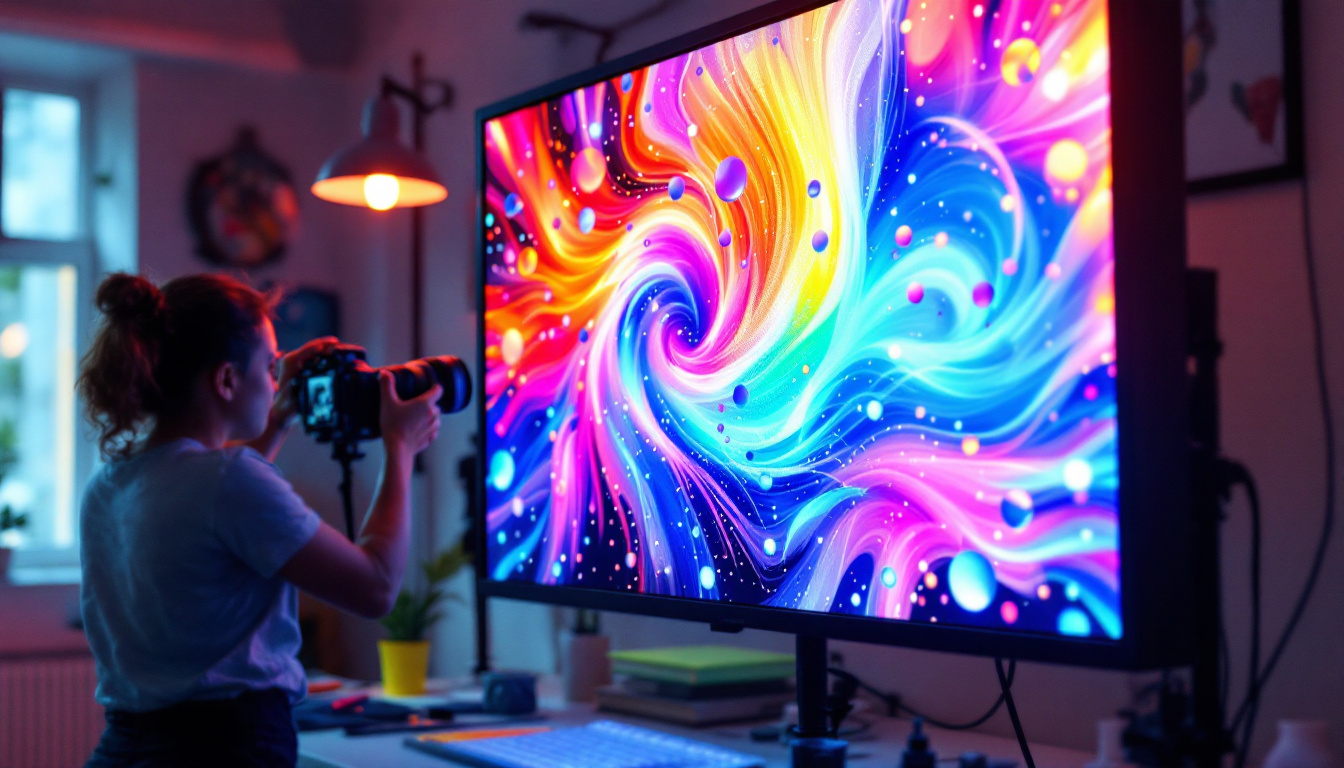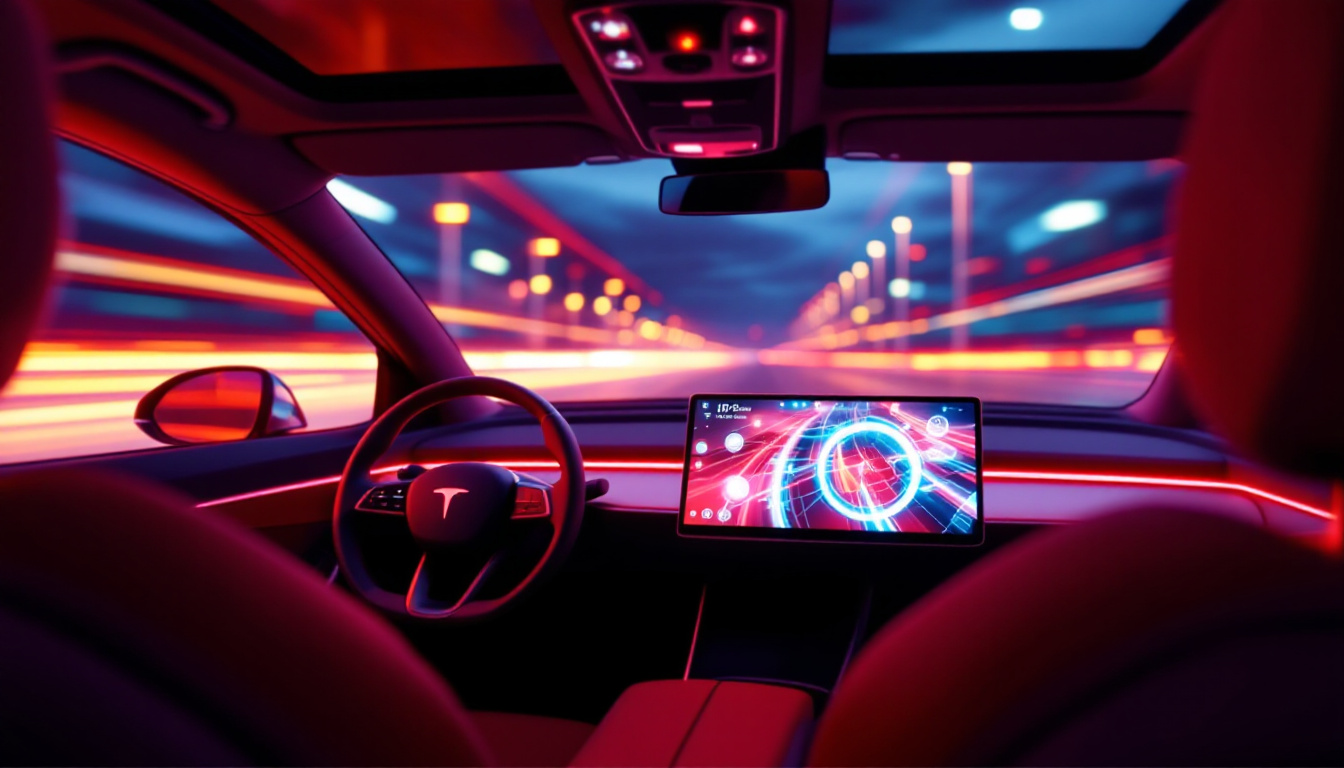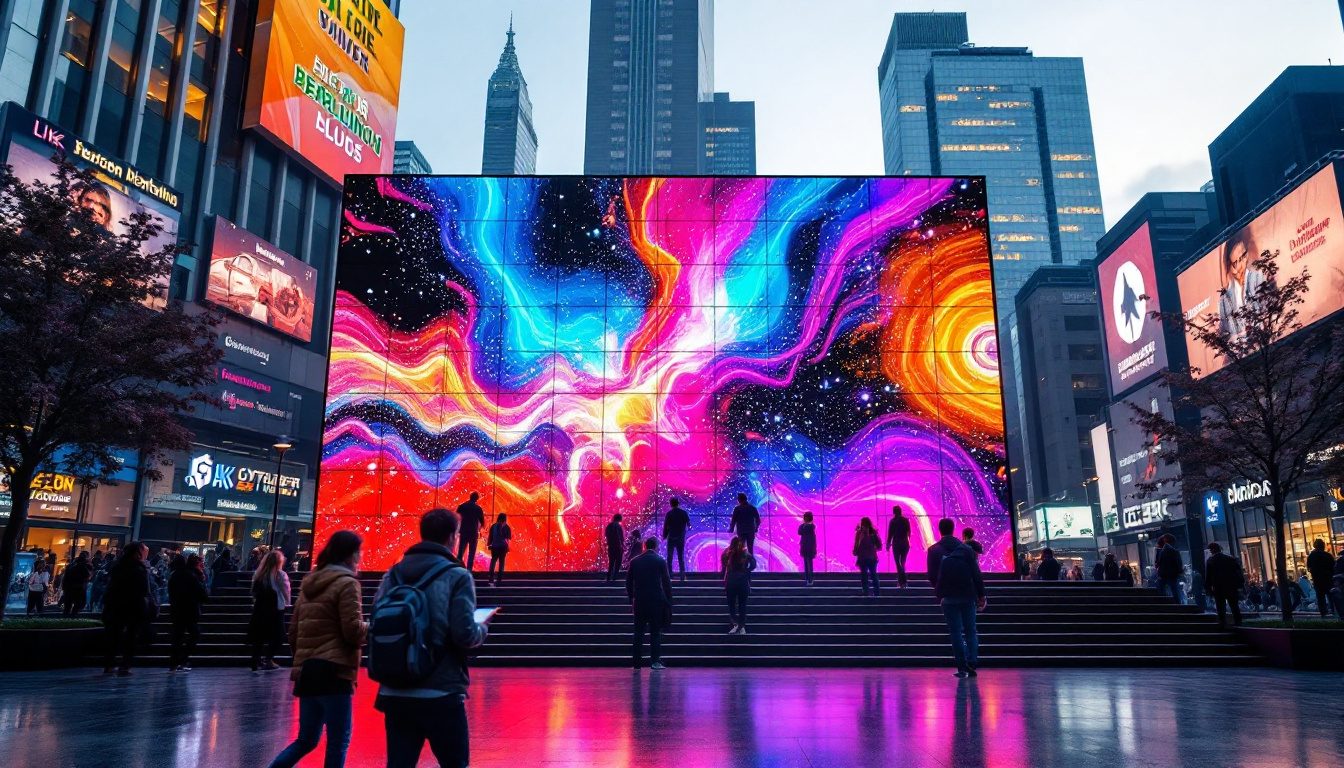The world of theatre has always been a canvas for creativity, where storytelling transcends mere words and transforms into a visual spectacle. As technology advances, so too does the way stories are told on stage. One of the most significant innovations in recent years is the use of LED displays in theatrical scenery. This article delves into the intricacies of LED displays, their advantages, and how they are revolutionizing the theatre experience.
Understanding LED Technology
Light Emitting Diodes (LEDs) are semiconductor devices that emit light when an electric current passes through them. This technology has evolved significantly, leading to the development of high-quality LED displays that are now widely used in various applications, including theatre. The ability of LEDs to produce vibrant colors, high brightness, and energy efficiency makes them an ideal choice for stage settings. Moreover, the longevity of LED lights, which can last up to 25,000 hours or more, ensures that productions can rely on consistent performance without frequent replacements, reducing both maintenance costs and downtime.
How LED Displays Work
At the core of LED display technology is a matrix of tiny light-emitting diodes. These diodes are grouped in clusters to form pixels, which can be controlled individually or collectively. By adjusting the intensity of each pixel, a wide range of colors can be produced, allowing for dynamic visuals that can change in real-time. This flexibility enables theatre productions to create immersive environments that enhance the narrative. Additionally, the rapid response time of LEDs allows for quick transitions and effects, which are essential for synchronizing visuals with live performances, music, and sound effects, thereby elevating the overall audience experience.
Types of LED Displays
There are several types of LED displays that are commonly used in theatre settings. The most prevalent include:
- Direct View LED: These displays consist of individual LED modules that are assembled to create a large screen. They are known for their high brightness and contrast, making them suitable for both indoor and outdoor performances. The seamless integration of these modules allows for expansive visuals without distracting bezels, creating a more cohesive viewing experience.
- LED Video Walls: Composed of multiple LED panels, video walls can be configured in various shapes and sizes. They are often used for backdrops, allowing for stunning visual effects that complement the performance. The scalability of video walls means they can be tailored to fit any stage size or design, providing directors with unparalleled creative freedom.
- Flexible LED Screens: These innovative displays can bend and curve, making them ideal for unconventional stage designs. Their adaptability allows for creative installations that can transform the look of a theatre production. This flexibility not only enhances the aesthetic appeal but also allows for unique storytelling techniques, such as creating immersive environments that wrap around the audience, drawing them deeper into the narrative.
The Advantages of LED Displays in Theatre
Integrating LED displays into theatrical productions offers numerous benefits that enhance both the performance and the audience’s experience. Here are some of the key advantages:
Dynamic Visuals
One of the most compelling reasons to use LED displays in theatre is their ability to provide dynamic visuals. Unlike traditional backdrops, LED screens can change scenes, colors, and animations instantaneously. This capability allows directors to create a more engaging and fluid narrative, adapting the scenery to match the mood and pace of the performance. For instance, a single LED backdrop can seamlessly transition from a serene sunset to a bustling cityscape, all within moments, captivating the audience’s attention and immersing them in the story.
Energy Efficiency
LED technology is known for its energy efficiency. Compared to traditional lighting systems, LED displays consume significantly less power while delivering higher brightness levels. This not only reduces operational costs but also minimizes the environmental impact of theatrical productions, making them more sustainable. Furthermore, the longevity of LED lights means less frequent replacements, contributing to reduced waste and lower maintenance costs over time, which is a crucial consideration for many production companies striving for both artistic excellence and financial viability.
Space-Saving Design
In many theatres, space is at a premium. LED displays can be designed to be lightweight and slim, allowing for easy installation and removal. They can also be mounted in various configurations, maximizing the use of available space without compromising the visual impact of the production. This flexibility enables creative staging options that can adapt to different productions, whether it’s a grand musical or an intimate play. Additionally, the ability to create multi-layered visuals with overlapping screens can add depth to the performance, allowing for innovative storytelling techniques that were previously difficult to achieve with traditional set designs.
Enhanced Interactivity
Another significant advantage of LED displays is their potential for enhanced interactivity. By incorporating real-time data feeds, audience participation, or even social media integration, productions can create a more immersive experience. For example, audience members might see their tweets displayed live on stage or participate in polls that influence the direction of the performance. This level of engagement not only makes the show more memorable but also fosters a sense of community among attendees, as they become active participants in the theatrical experience.
Improved Visibility and Accessibility
LED displays also offer improved visibility and accessibility for all audience members. The bright, vibrant colors and high contrast ratios of LED screens ensure that visuals are clear and engaging from any seat in the house. This is particularly beneficial in larger venues where traditional set pieces might not be visible to everyone. Additionally, LED displays can be used to provide subtitles or translations, making performances more accessible to non-native speakers or those with hearing impairments. This commitment to inclusivity not only broadens the audience base but also enriches the overall theatrical experience for everyone involved.
Creative Applications of LED Displays
The versatility of LED displays opens up a world of creative possibilities for theatre productions. Here are some innovative applications that have been successfully implemented:
Immersive Environments
LED displays can transform a stage into a fully immersive environment. By projecting high-resolution images and videos, designers can create realistic landscapes, cityscapes, or abstract designs that transport the audience into different worlds. This immersive experience enhances the storytelling aspect of theatre, making it more engaging and memorable.
Interactive Elements
With advancements in technology, LED displays can now incorporate interactive elements that respond to the audience or performers. For instance, motion sensors can trigger changes in visuals based on the movements of actors on stage. This interactivity adds a layer of excitement and unpredictability to performances, captivating audiences in new ways.
Real-Time Content Changes
One of the standout features of LED displays is their ability to change content in real-time. This allows for seamless transitions between scenes, quick adjustments to visuals based on the performance, and the incorporation of live feeds or social media content. Such flexibility can enhance the overall production value and keep the audience engaged throughout the show.
Challenges and Considerations
While the benefits of LED displays are numerous, there are also challenges and considerations that theatre professionals must keep in mind when integrating this technology into their productions.
Cost Implications
The initial investment for high-quality LED displays can be significant. The cost of purchasing or renting LED screens, along with the necessary equipment for installation and operation, can strain budgets, especially for smaller theatre companies. However, many argue that the long-term benefits, including energy savings and enhanced audience engagement, justify the expense.
Technical Expertise
Operating LED displays requires a certain level of technical expertise. Theatre teams may need to invest in training or hire specialists to ensure that the technology is used effectively. This can be an added consideration for productions that are already working with tight schedules and limited resources.
Integration with Traditional Elements
Striking the right balance between LED displays and traditional stage elements can be challenging. Designers must carefully consider how to integrate these modern visuals with set pieces, costumes, and lighting to create a cohesive aesthetic. Poor integration can detract from the overall impact of the performance, so thoughtful planning is essential.
Case Studies: Successful Implementations of LED Displays
Several theatre productions have successfully incorporated LED displays to elevate their storytelling. These case studies illustrate the potential of this technology in creating memorable theatrical experiences.
Broadway Productions
Broadway has embraced LED technology in various productions, with shows like “Dear Evan Hansen” and “Hamilton” utilizing LED displays to enhance their narratives. In “Dear Evan Hansen,” the use of LED screens allows for quick scene changes and emotional visual storytelling, while “Hamilton” employs dynamic backgrounds that reflect the energy and rhythm of the music.
International Theatre Festivals
International theatre festivals have also showcased innovative uses of LED displays. For example, the Edinburgh Festival Fringe has seen productions that utilize LED screens to create immersive environments that transport audiences to different times and places. These creative applications demonstrate the versatility of LED technology in diverse theatrical contexts.
Local Community Theatres
Even local community theatres are beginning to adopt LED displays to enhance their productions. By incorporating this technology, smaller companies can create visually stunning performances that rival larger productions. This democratization of technology allows for greater creativity and innovation across the theatre landscape.
The Future of LED Displays in Theatre
As technology continues to evolve, the future of LED displays in theatre looks promising. Innovations in display technology, such as higher resolutions, improved color accuracy, and more compact designs, will further enhance the capabilities of theatre productions.
Advancements in Display Technology
Future advancements may include the development of even more flexible and lightweight LED screens, allowing for greater creativity in stage design. Additionally, improvements in resolution and color depth will enable theatre productions to create more lifelike visuals, further immersing audiences in the story.
Integration with Augmented Reality
The integration of LED displays with augmented reality (AR) technology is another exciting prospect. By combining AR with LED visuals, theatre productions can create interactive experiences that blur the lines between reality and fiction. This fusion of technologies has the potential to revolutionize the way stories are told on stage.
Expanding Accessibility
As LED technology becomes more affordable and accessible, it is likely that more theatre companies, regardless of size, will adopt these displays. This expansion will lead to a wider variety of productions that utilize dynamic visuals, enriching the overall theatre landscape and providing audiences with diverse experiences.
Conclusion
The integration of LED displays into theatre scenery is a game-changer, offering dynamic visuals, energy efficiency, and creative possibilities that enhance storytelling. While there are challenges to consider, the advantages far outweigh the drawbacks, making LED technology an essential tool for modern theatre productions. As this technology continues to evolve, it will undoubtedly shape the future of theatre, paving the way for innovative and immersive experiences that captivate audiences worldwide.
Illuminate Your Theatre Production with LumenMatrix
Ready to take your theatre productions to the next level? Discover LumenMatrix’s innovative LED display solutions, designed to bring your creative vision to life with unparalleled vibrancy and precision. From Indoor and Outdoor LED Wall Displays to specialized solutions like Vehicle, Sports, and Floor LED Displays, LumenMatrix offers a wide range of options to suit any theatrical need. Embrace the future of visual storytelling with our Custom, All-in-One, and Transparent LED Displays. Check out LumenMatrix LED Display Solutions today and transform your stage into a dynamic canvas that captivates and delights audiences like never before.

